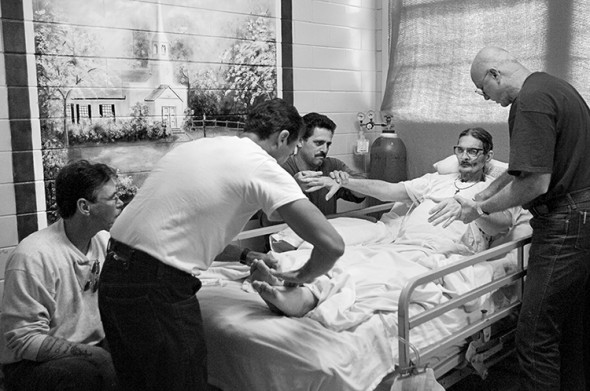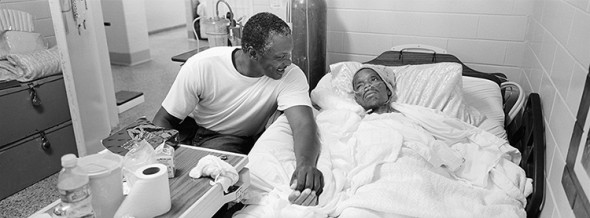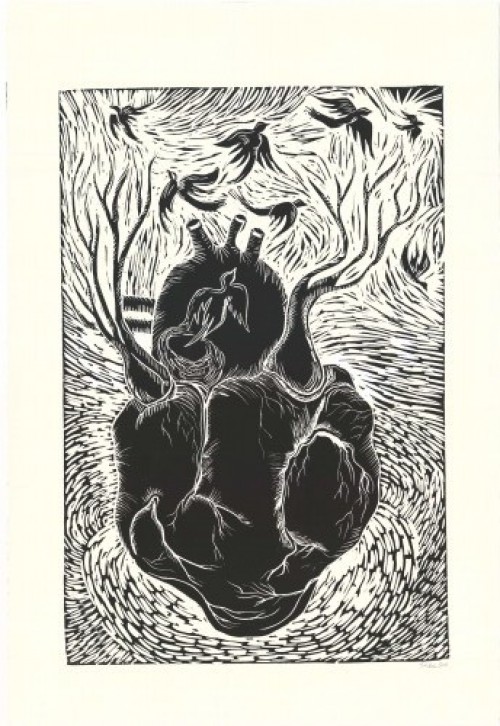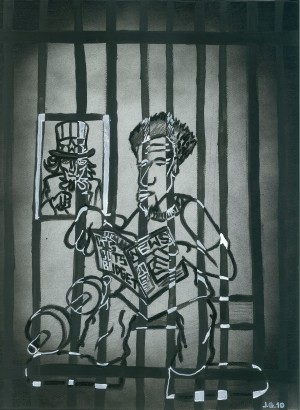Millions of Americans have a sense that all is not right in our culture. That nagging sense that “things need to change” propelled a majority of the country to elect a black man named Barack Hussein Obama as the President of the United States. Yet I get the sense that people now expect that this election was supposed to transform the entire country, indeed the world.
I said at the time of the election that the country would be in for a severe case of “post-traumatic stress syndrome.” I was not wrong. After years of abuse by the Reagan, first Bush, Clinton and Bush administrations, I think that people are only now coming to the realization that there are structural imbalances in the U.S. that adversely affect the majority of the country which is comprised of the poor, the black and brown, the young, the elderly, the gender non-conforming, the LGBTQ population, the disabled, women and now the entire middle class etc…
I believe that this in part explains the rise of the reactionary right wing: the Tea Party and the Fox News nation. Many of these people feel more insecure than ever and are lashing out at the black man in the White House and marginalized groups rather than at the culprits of their misery which is the corpocracy.
The constant refrain from these folks is that they want “their country back.” I guess that they now feel at the mercy of forces that we who have lived our lives as members of marginalized groups have never had the luxury of feeling immune from. Indeed, in 2010, marginalized communities are even more targeted by the violence of structural oppression than ever. Consider the following:
* Among developed nations, the USA has one of the greatest income disparities and highest levels of racial and economic neighborhood segregation. Among OECD member nations, only Turkey and Mexico have higher levels of income disparity.
• Although the majority of illegal drug users and dealers nationwide are white, three-fourths of all people imprisoned for drug offenses have been black or Latino. The United States imprisons a larger percentage of its black population than South Africa did at the height of apartheid. In Washington D.C., our nation’s capital, it is estimated that three out of four young black men (and nearly all those in poor neighborhoods) can expect to serve time in prison. Similar rates of incarceration can be found in black communities across the nation.
• More than 50 years after Brown vs. Board of Education, America’s public schools are more segregated now than they were in the 1960s.
• People of color and poor people live with more pollution than the rest of this nation. For example, African Americans are 79 percent more likely than whites to live in neighborhoods where industrial pollution is suspected of posing the greatest health danger.
• Communities of color continue to carry a disproportionate burden of racial disparities in infant mortality, childhood obesity, diabetes and adolescent deaths due to gun violence and homicide.
What do these facts suggest? To me, they show that racism is alive and well in the US. They also offer a reason for why we need to build a multi-racial, multi-class, and multi-gender movement for transformative justice. Transformative justice demands that we pay attention to repairing the frayed relationships between individuals living in communities across the country. It asks us to put at the center of our organizing concerns about race, class, gender, and sexual orientation because we cannot have justice without this. Transformative justice expects that we will name oppression and work to uproot it. It asks a lot and yet so little. There is something else too.
We will not abolish prisons, we will not make a dent in mass incarceration without uprooting structural oppression, without challenging the fact that certain groups of people are targeted by the PIC while others escape its clutches. The work continues…






